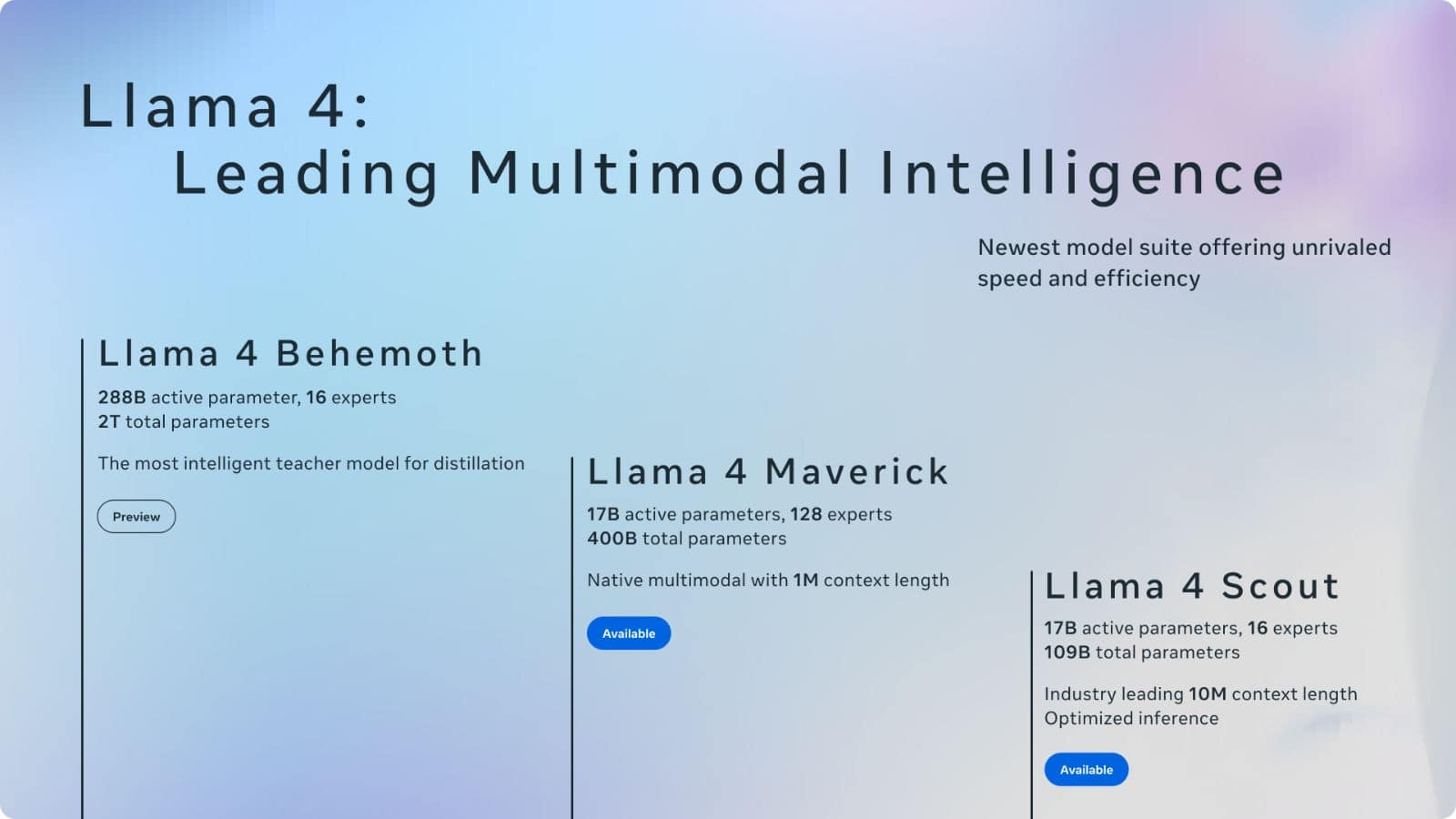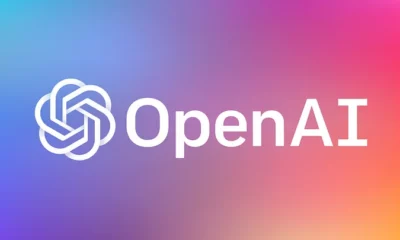
Just a heads up, if you buy something through our links, we may get a small share of the sale. It’s one of the ways we keep the lights on here. Click here for more.
Meta has unveiled Llama 4, its latest set of powerful AI models that are now being used in its Meta AI assistant across platforms like WhatsApp, Messenger, Instagram, and the web.
This new collection includes two released models, Llama 4 Scout and Llama 4 Maverick, as well as a larger one, Llama 4 Behemoth, which is still being trained.
Llama 4 Scout is a compact version designed to run efficiently on a single Nvidia H100 graphics card, while Maverick is a more powerful version that rivals top-tier AI models like OpenAI’s GPT-4o and Google’s Gemini 2.0 Flash.
Meta claims that both Scout and Maverick outperform many popular models in standard AI tests.
Llama 4 Behemoth, which hasn’t been released yet, is being described by Meta CEO Mark Zuckerberg as the most powerful base AI model currently in existence.
It’s being built with a massive architecture, containing 288 billion active parameters (the parts of the model actually used when running) and 2 trillion total parameters.
Meta says this model already beats its competitors, like GPT-4.5 and Claude 3 Sonnet, in many science and math-related benchmarks, even before it’s officially launched.
One key improvement in Llama 4 is its use of a “mixture of experts” system. This means that instead of running the entire model for every task, only the necessary parts are activated, which helps save computer resources and makes the models more efficient.
Meta refers to Llama 4 as open-source, but there has been controversy over that claim.
For example, companies with over 700 million users need Meta’s permission to use the model commercially, which some experts argue goes against the idea of true open-source licensing.
Lastly, Llama 4 Scout features a 10-million-token context window, giving it a large working memory that helps it perform well on tasks like reasoning and coding.
Despite its smaller size, it still competes strongly with leading models from Google and others, making it both efficient and capable.
Meta plans to reveal more about Llama 4 and its AI roadmap at an event called LlamaCon on April 29.
What do you think about Meta’s new AI models? Do you look forward to using them? Tell us what you think in the comments down below, or via our Twitter or Facebook.





























